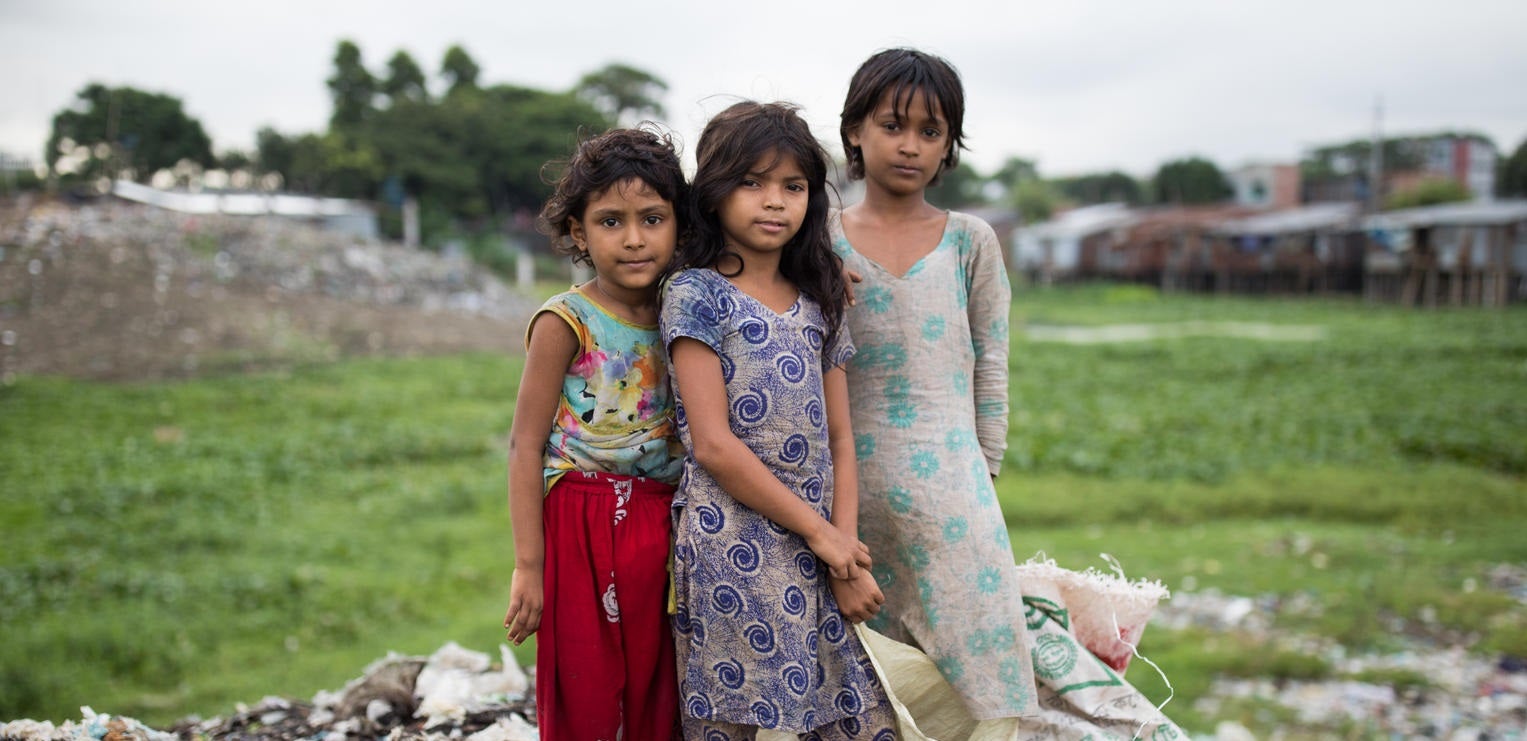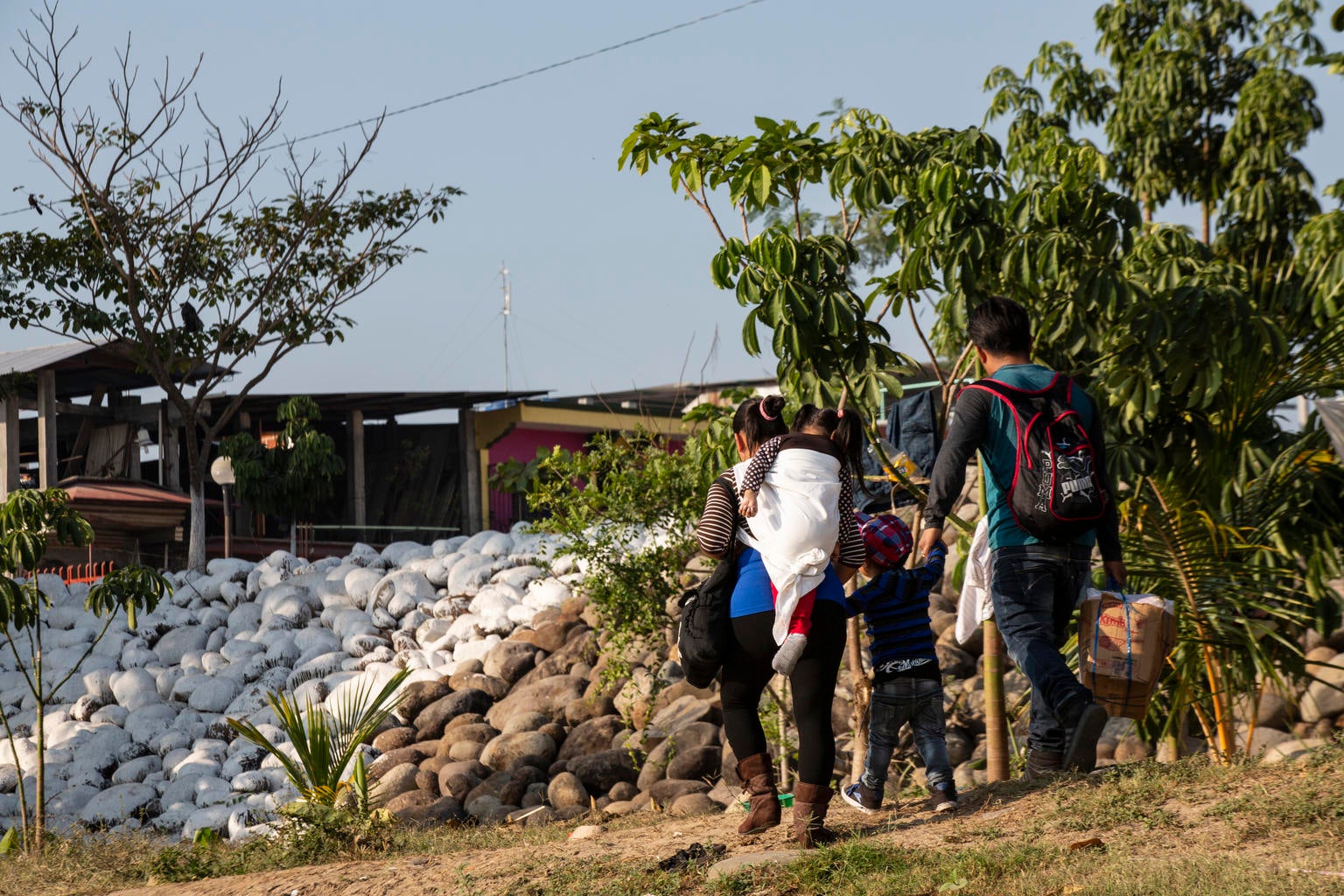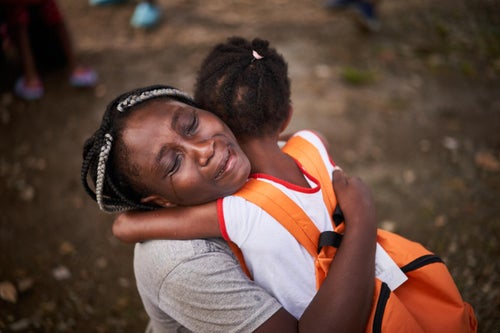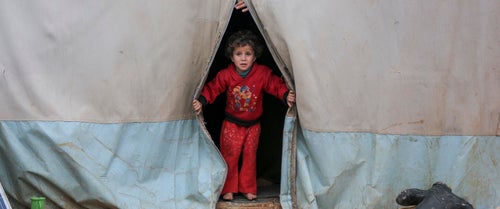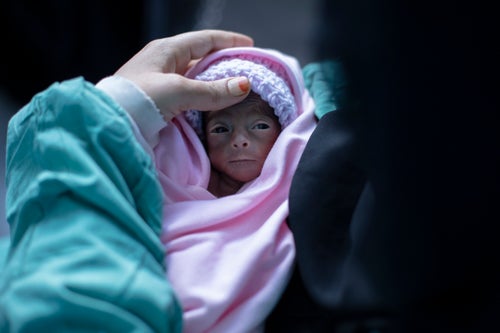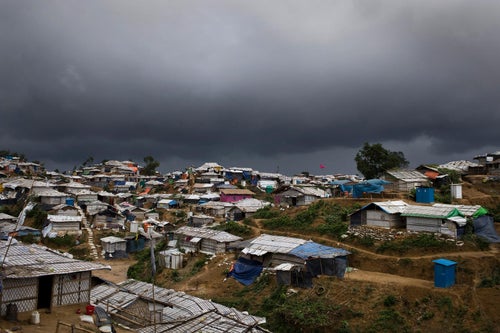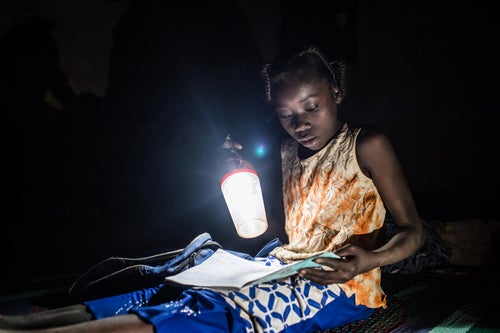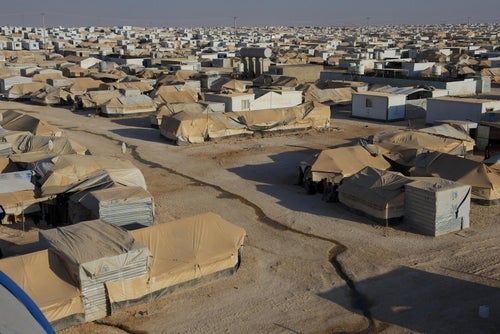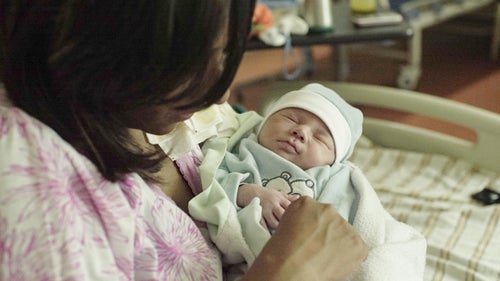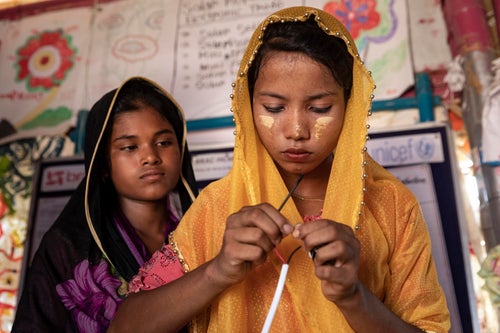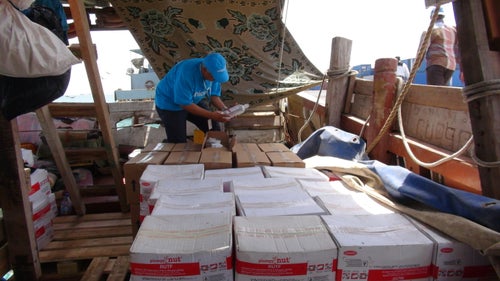Today, hundreds of thousands of children around the world are without a home. Many of them have fled violence in their country and may never have the chance to return. Their lives have been put at risk in their own country and they are not being protected by their own state.
In countries like Syria, Yemen and Afghanistan lives have been shaped by violence, fear and displacement. Those who stay risk starving to death, disease or being recruited into armed forces and groups.
The need for better policy on children and displacement, globally, has never been greater with 50 million children around the world displaced.
For these children, there are no magical red shoes that can take them back to the safety and familiarity that was once their home. A place where they were able to just be children.
Here are the faces of those children:
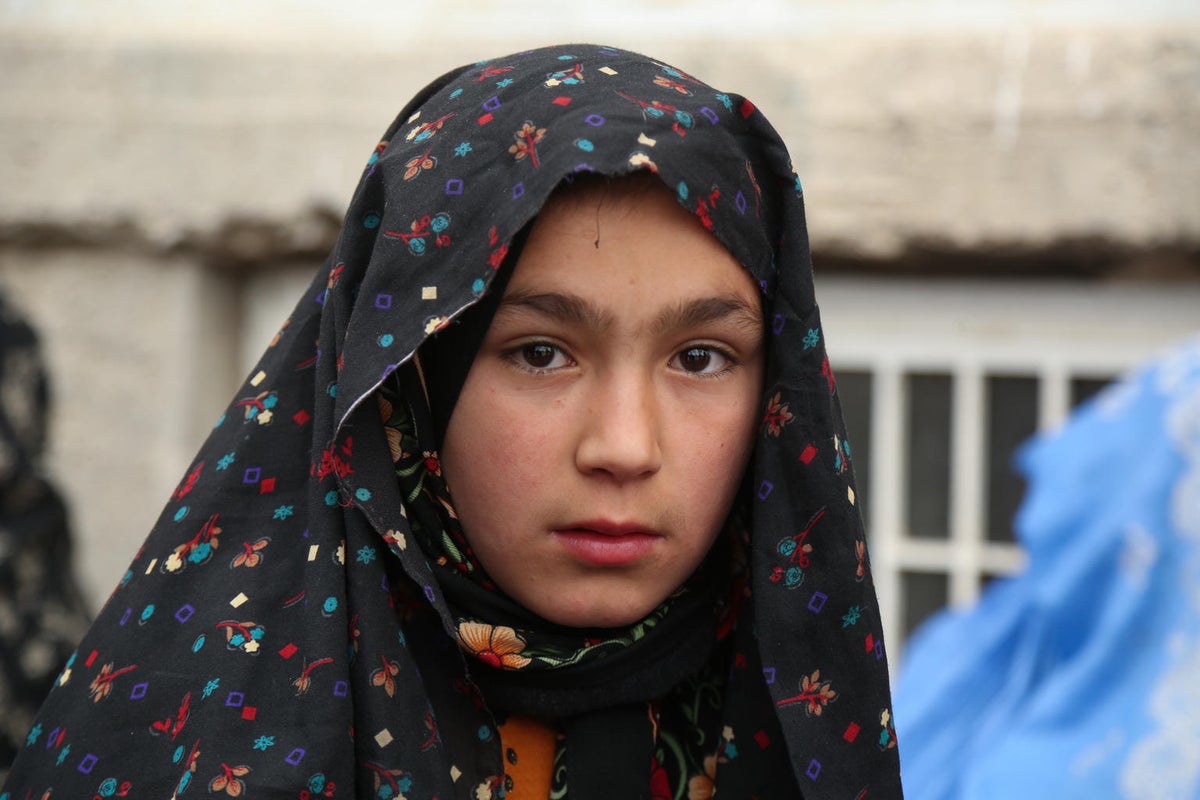
Shafiqa, 12, from Afghanistan
Shafiqa has one simple wish. She wishes for peace in her home village so that she can go back to school.
“I am missing my home, friends, the classroom. I dream about the day I teach in my own class and help children read and write,” she says.
"I hope everyday that dream will come true."

Salem, 6, from Syria
In Syria, children pay the ultimate price of war. Salem and his family fled Deir-ez-Zor, in east Syria, two years ago and have been living in a camp for internally displaced people ever since.
Salem wears his older brother’s rain boots to walk through the muddy camp, which can often dip to extremely low temperatures in the winter.
UNICEF has been supporting children, like Salem, and their families at the camp by providing safe drinking water, hygiene kits, shower units and a set of winter clothes, as well as assembling child friendly spaces and a self-learning centre where children have the opportunity to go to school and learn.
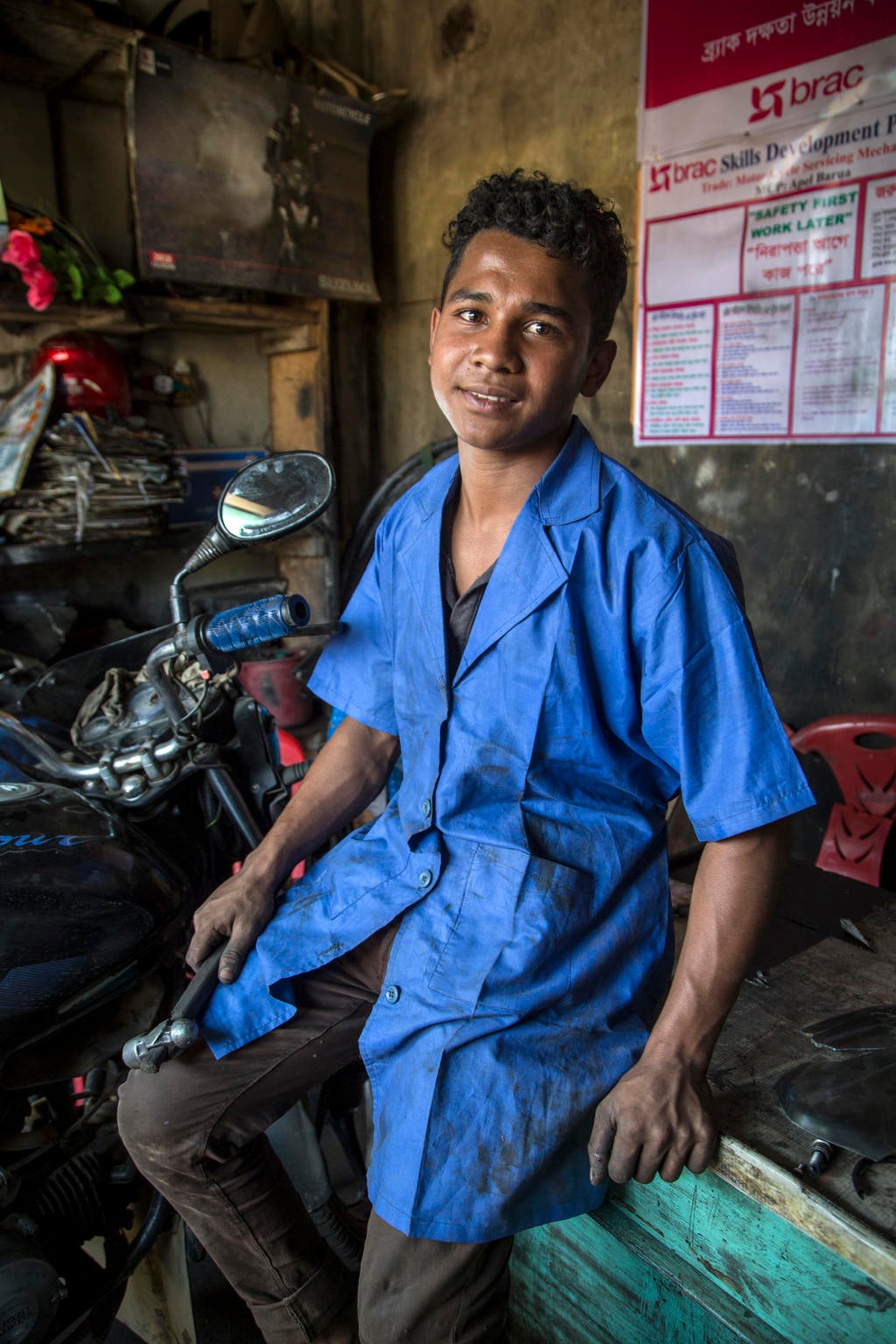
Biplob, 18, from Myanmar
Biplob is one of more than half a million Rohingya children who are stateless refugees in the Cox’s Bazar area in southern Bangladesh.
The vast majority of these children were forced to flee for their lives from Myanmar into Bangladesh in August 2017. In Myanmar, the majority have no legal identity or citizenship.
In Bangladesh, children are not being registered at birth and so they lack a legal identity and cannot register as a refugee. This prevents these children from receiving a formal education.
A UNICEF-supported training program is helping teens gain skills through courses and internships with local businesses in towns near refugee camps.
Biplob is learning new practical skills through his internship at a local garage.
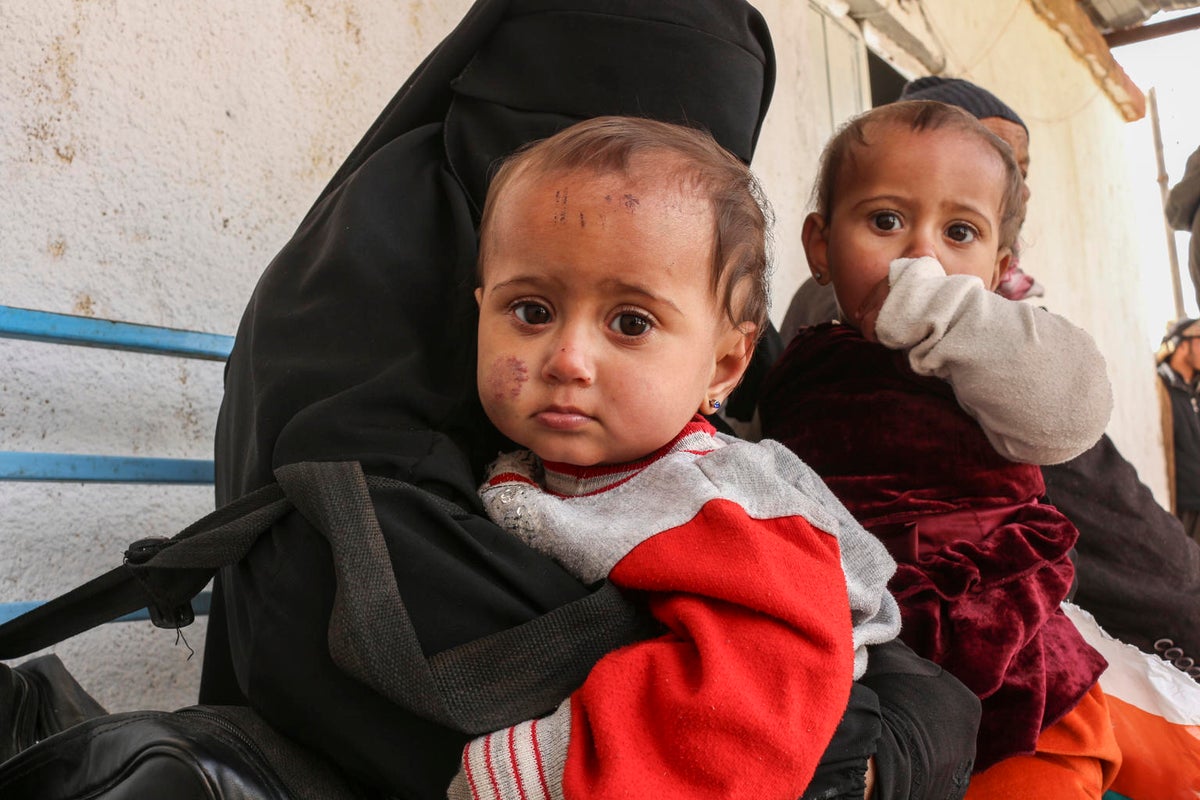
Twins Hasnaa and Hawraa, nine months, from Syria
Together with their mother and two siblings, Hasnaa and Hawraa fled violence in Susa village, northeastern Syria.
“We were forced to relocate a few times, but this time was the worst. I walked for 100 kilometres, carrying my twins and watching over my other children,” their mother, Halima says.
Despite a reported respite in violence in the region, hundreds of families still continue to flee the area.
Related articles
Stay up-to-date on UNICEF's work in Australia and around the world


